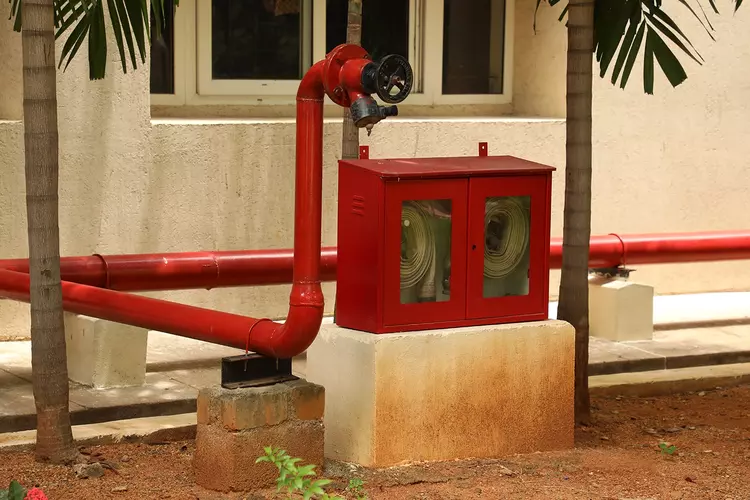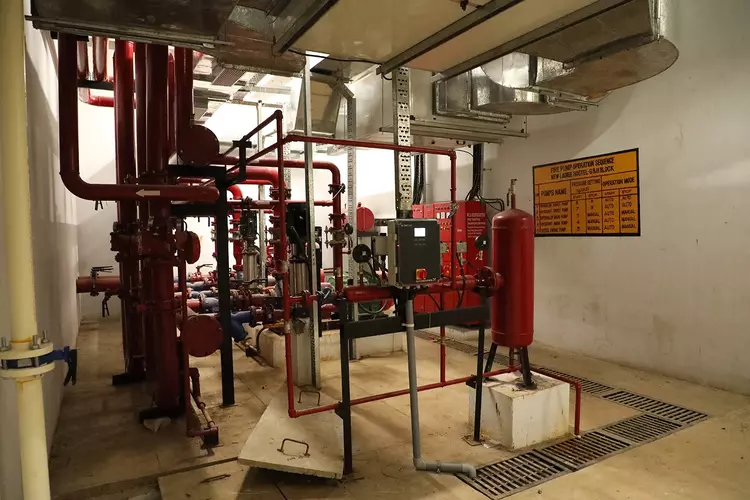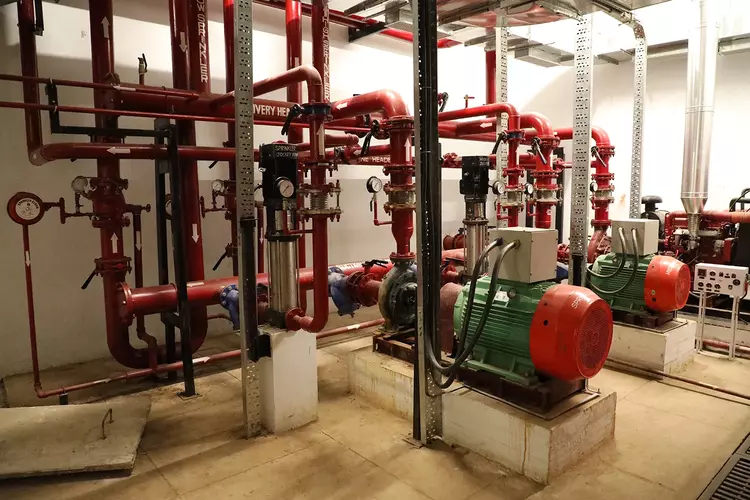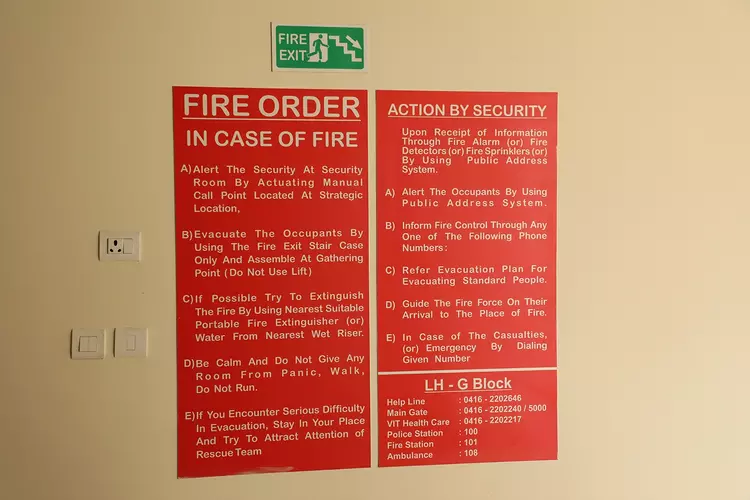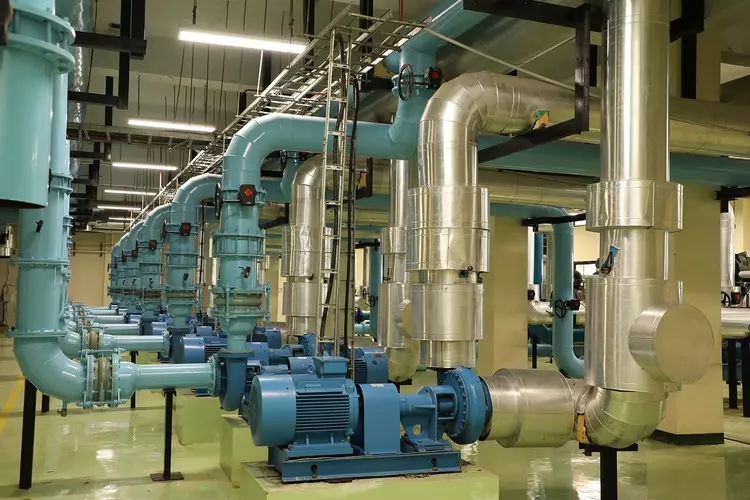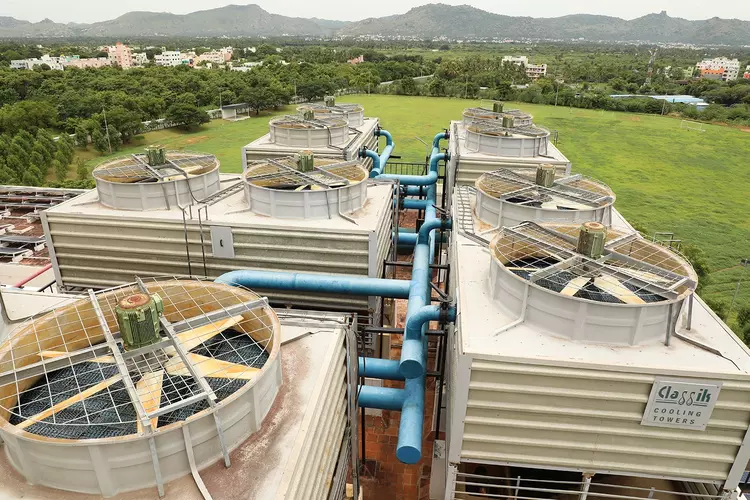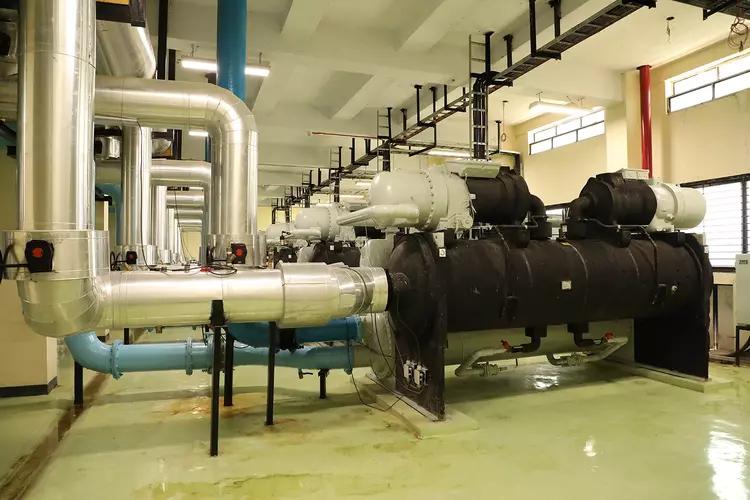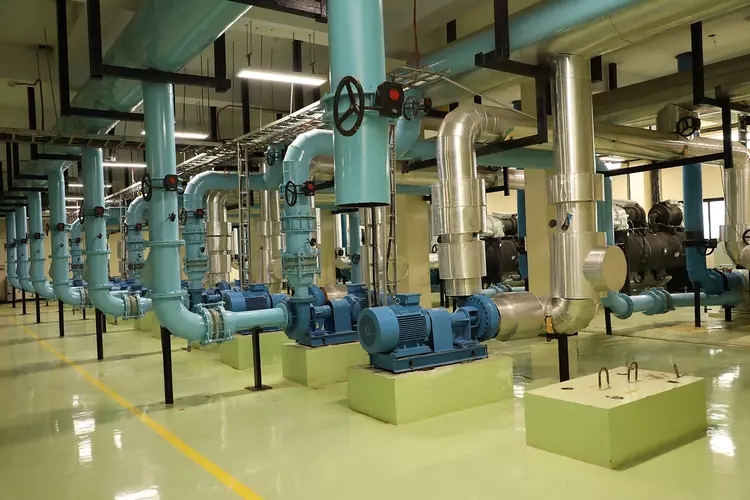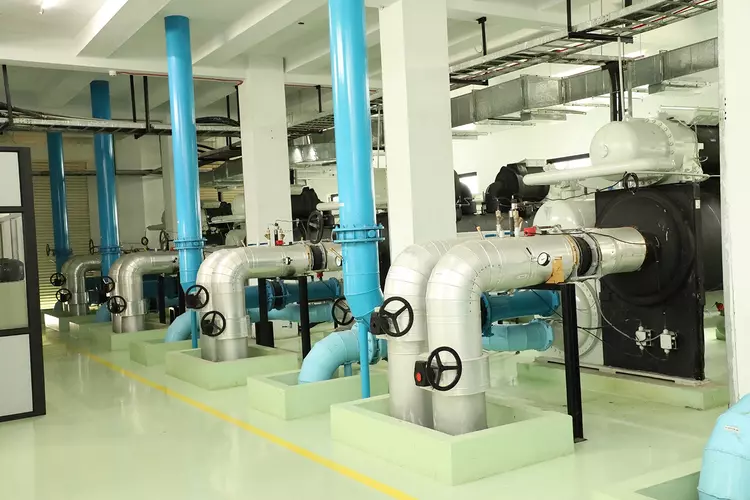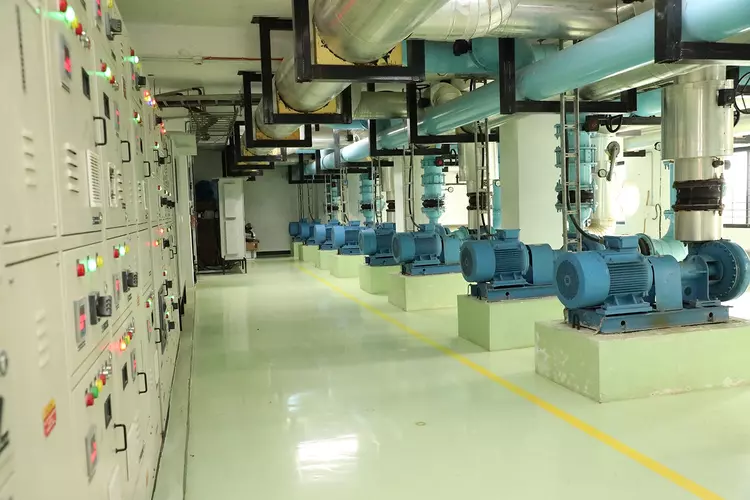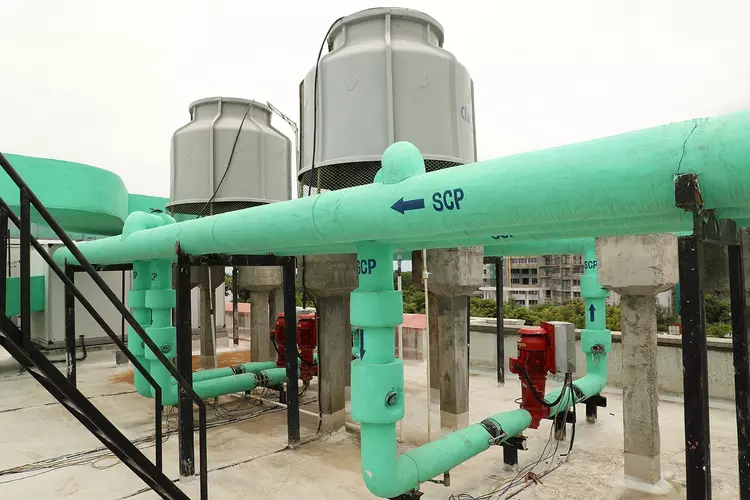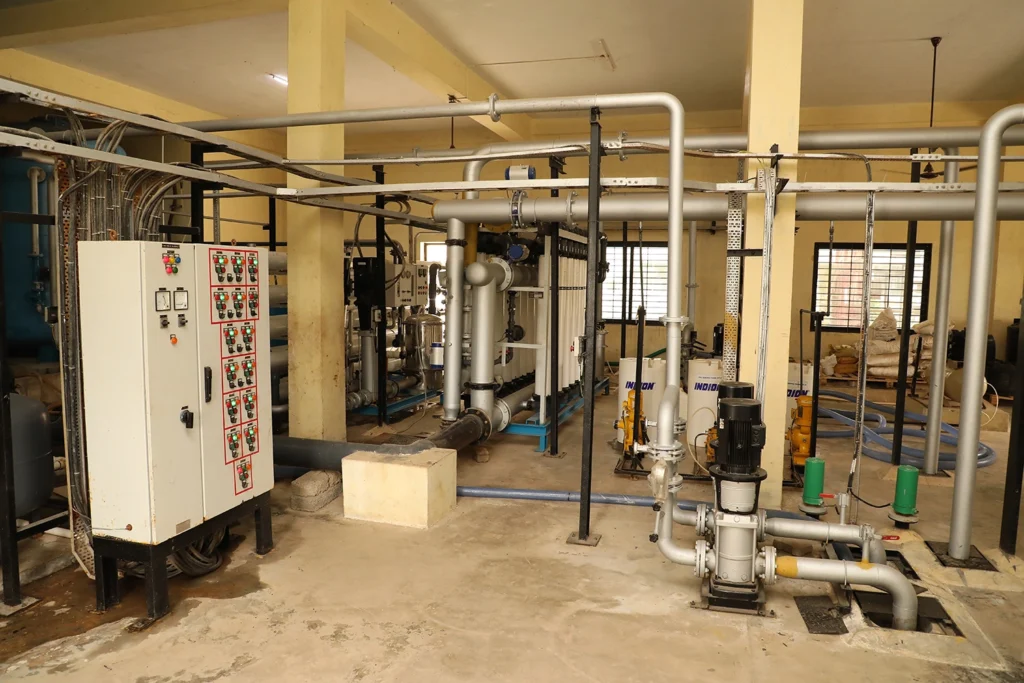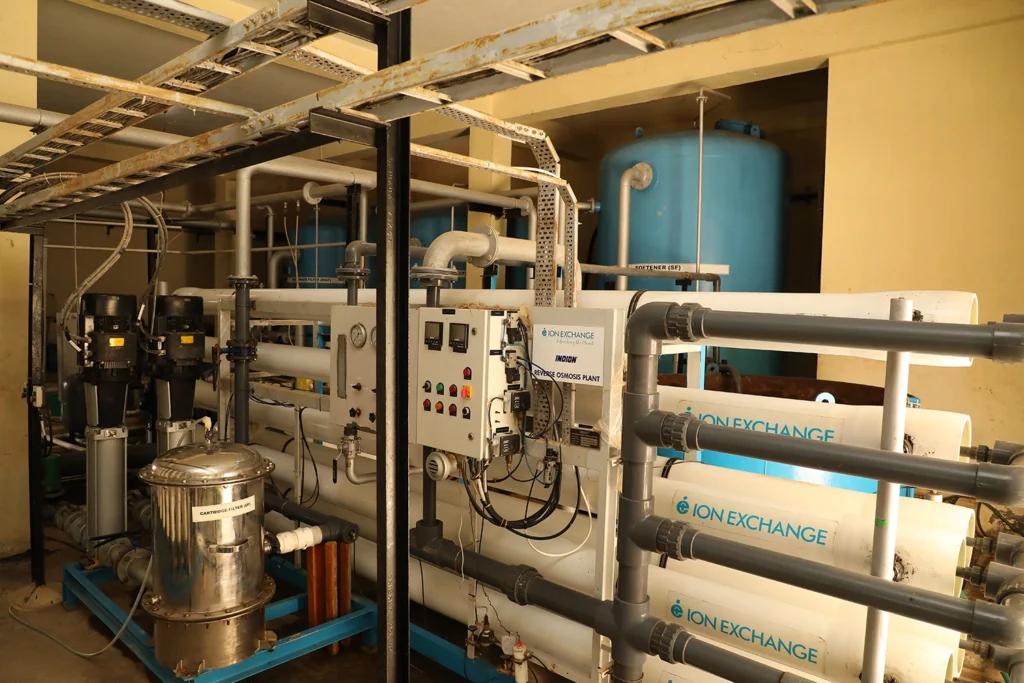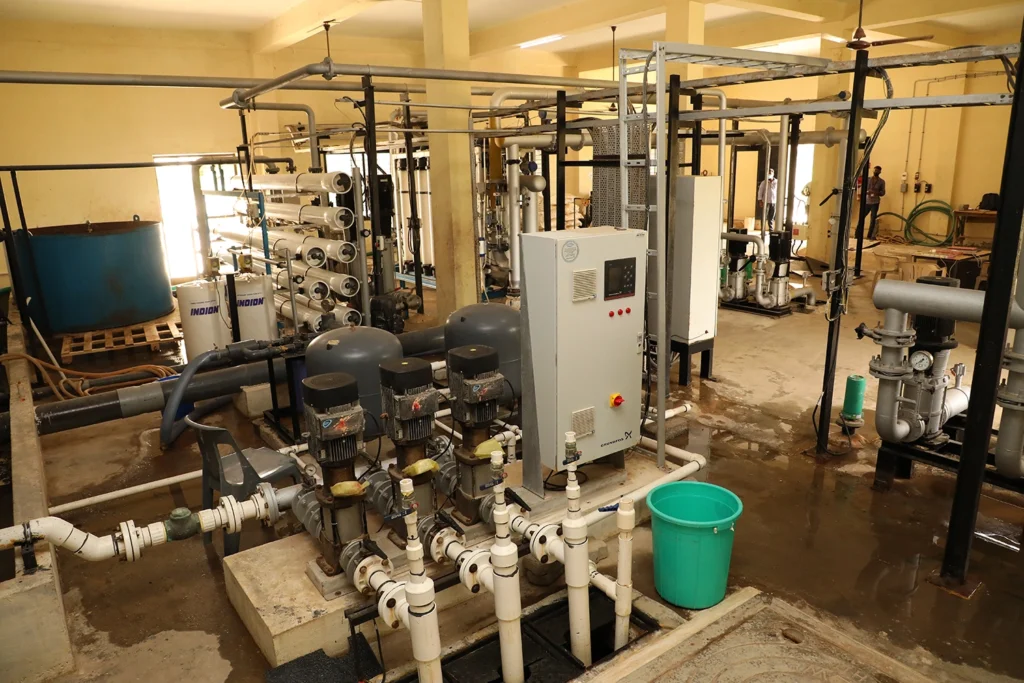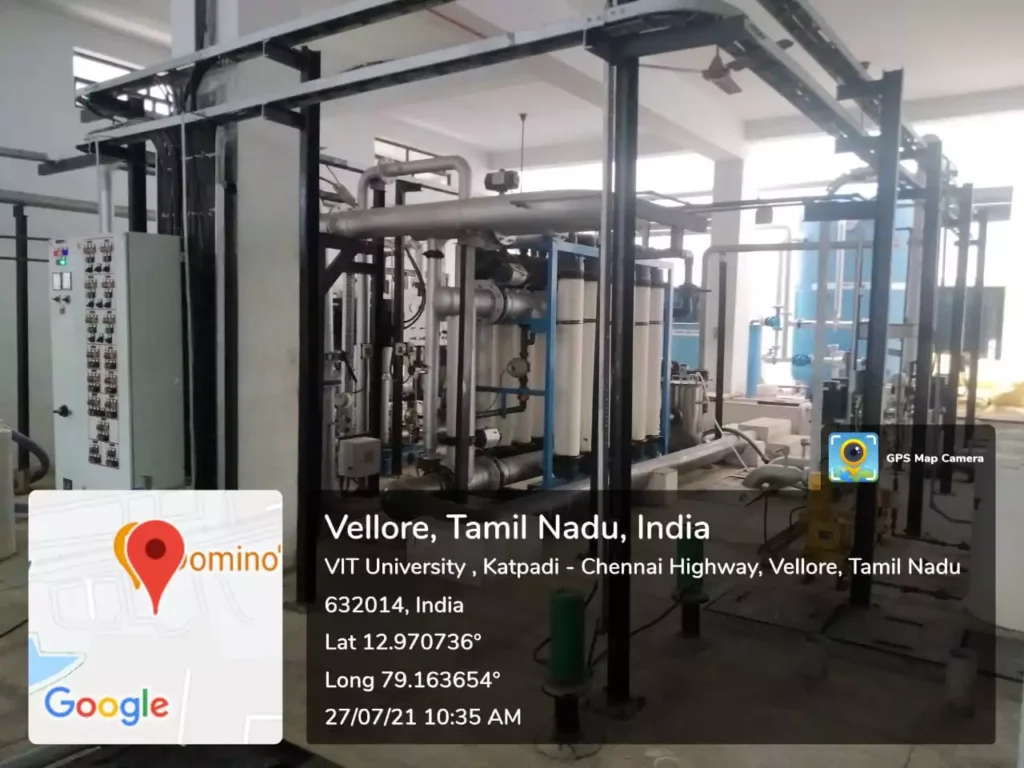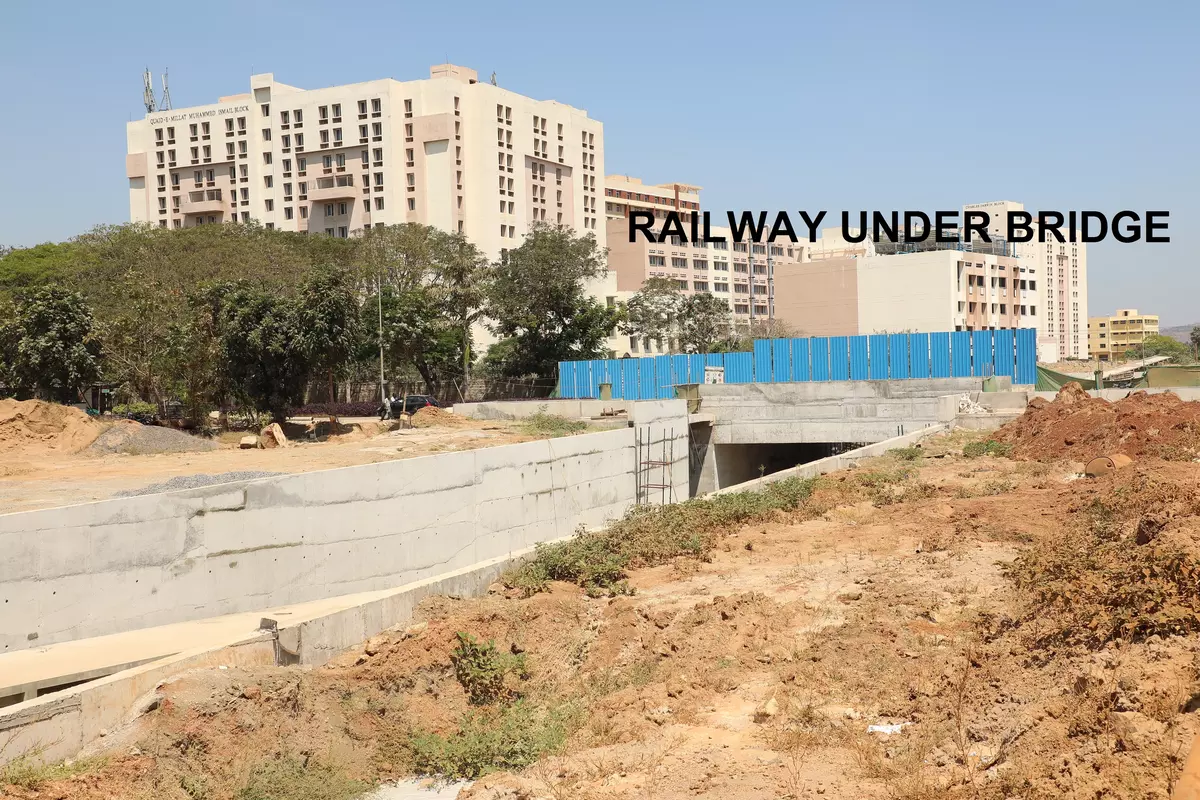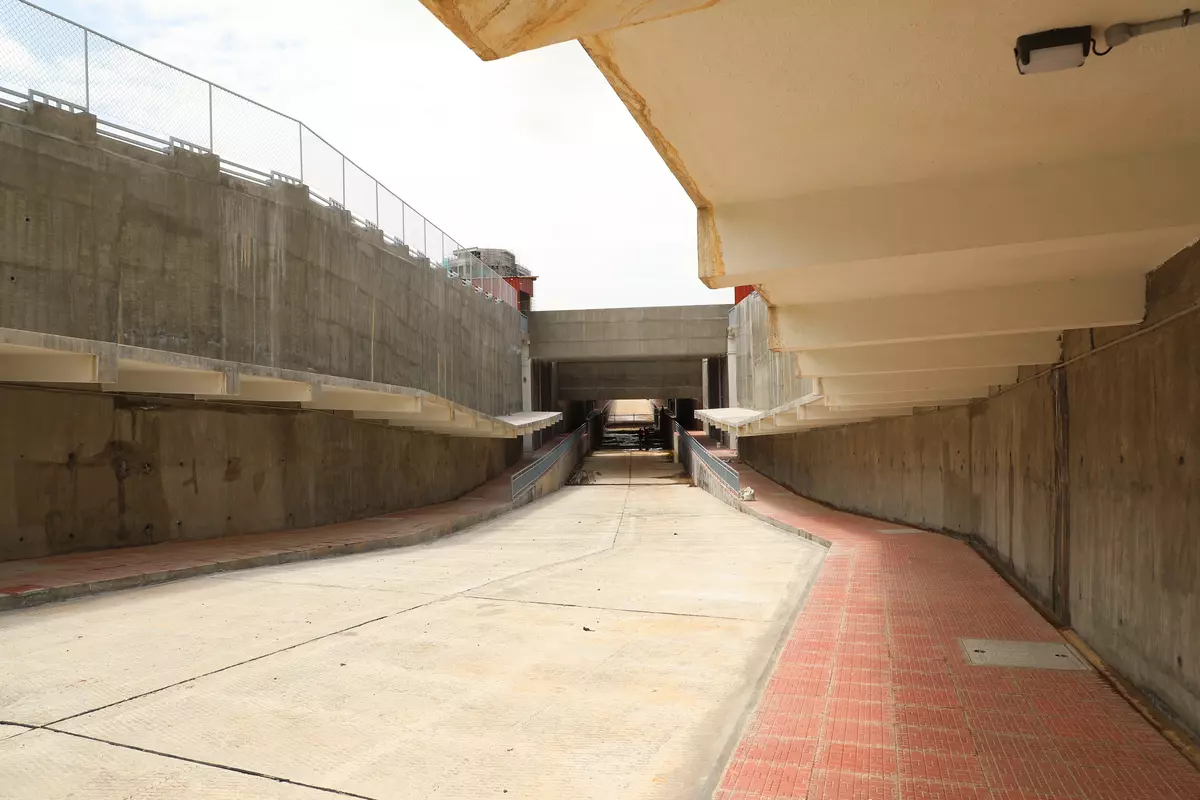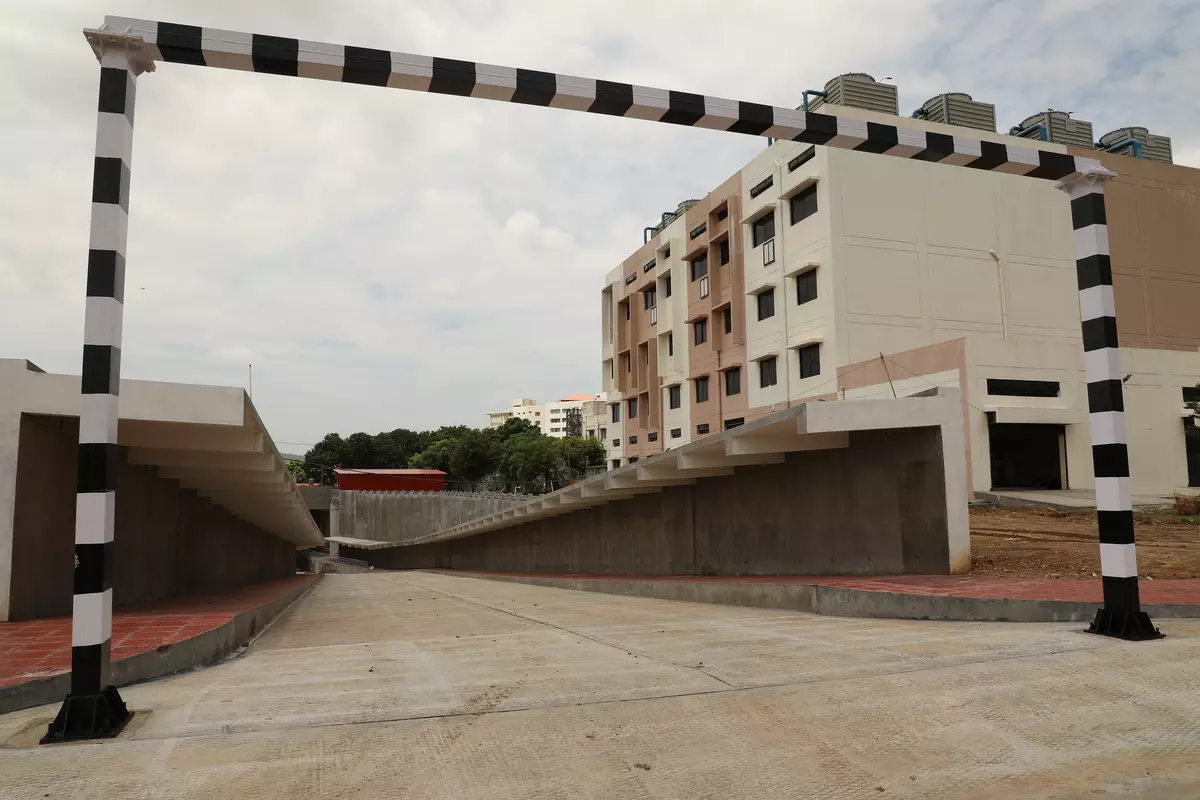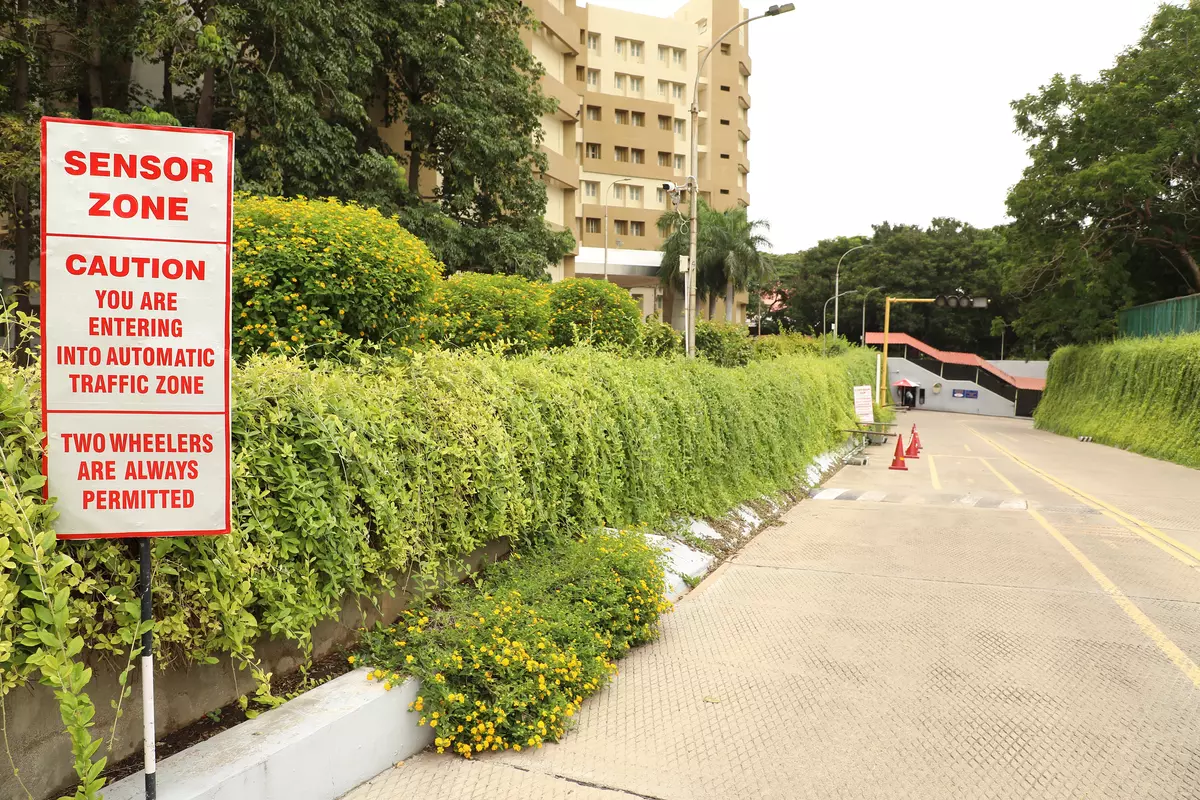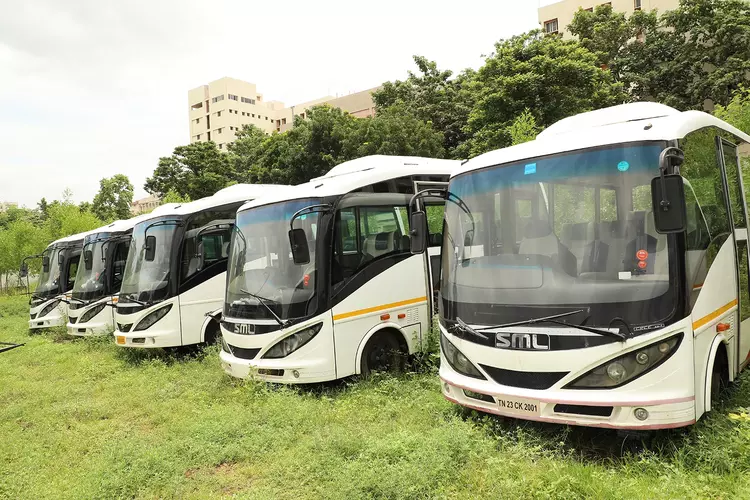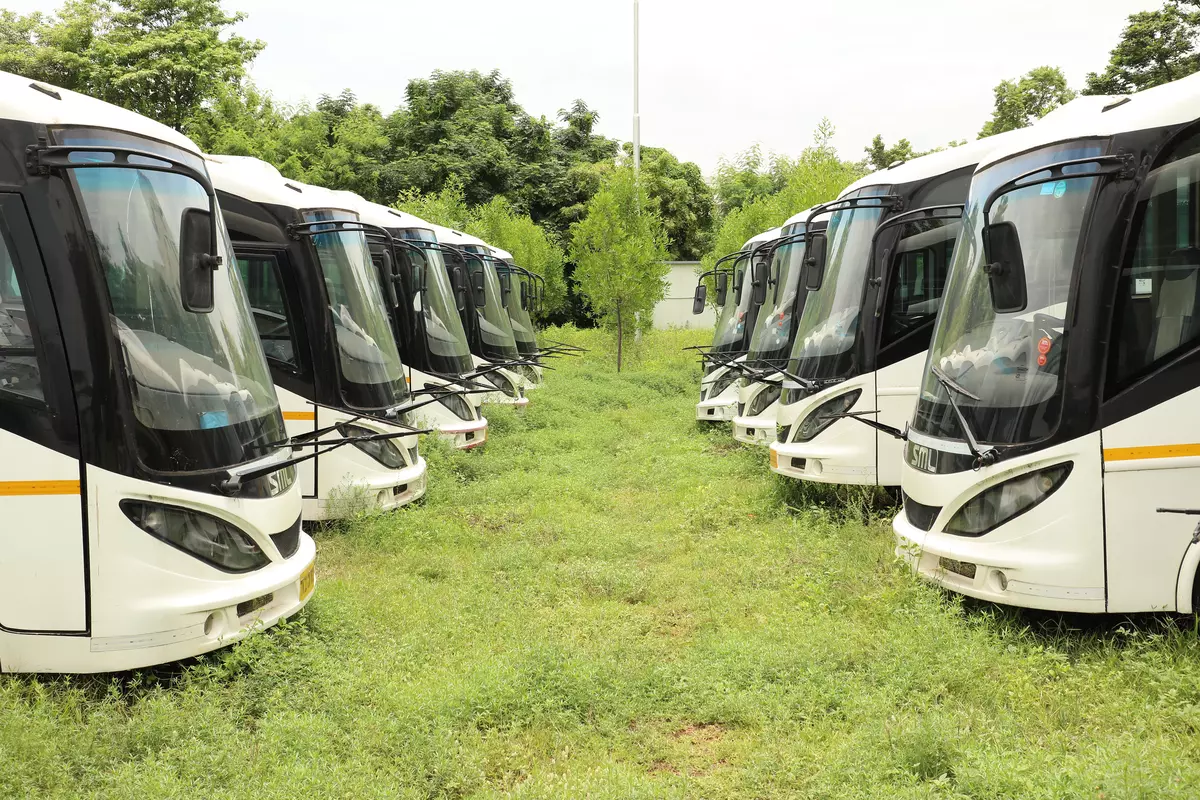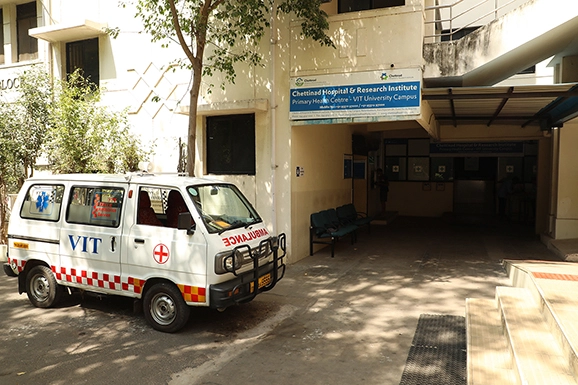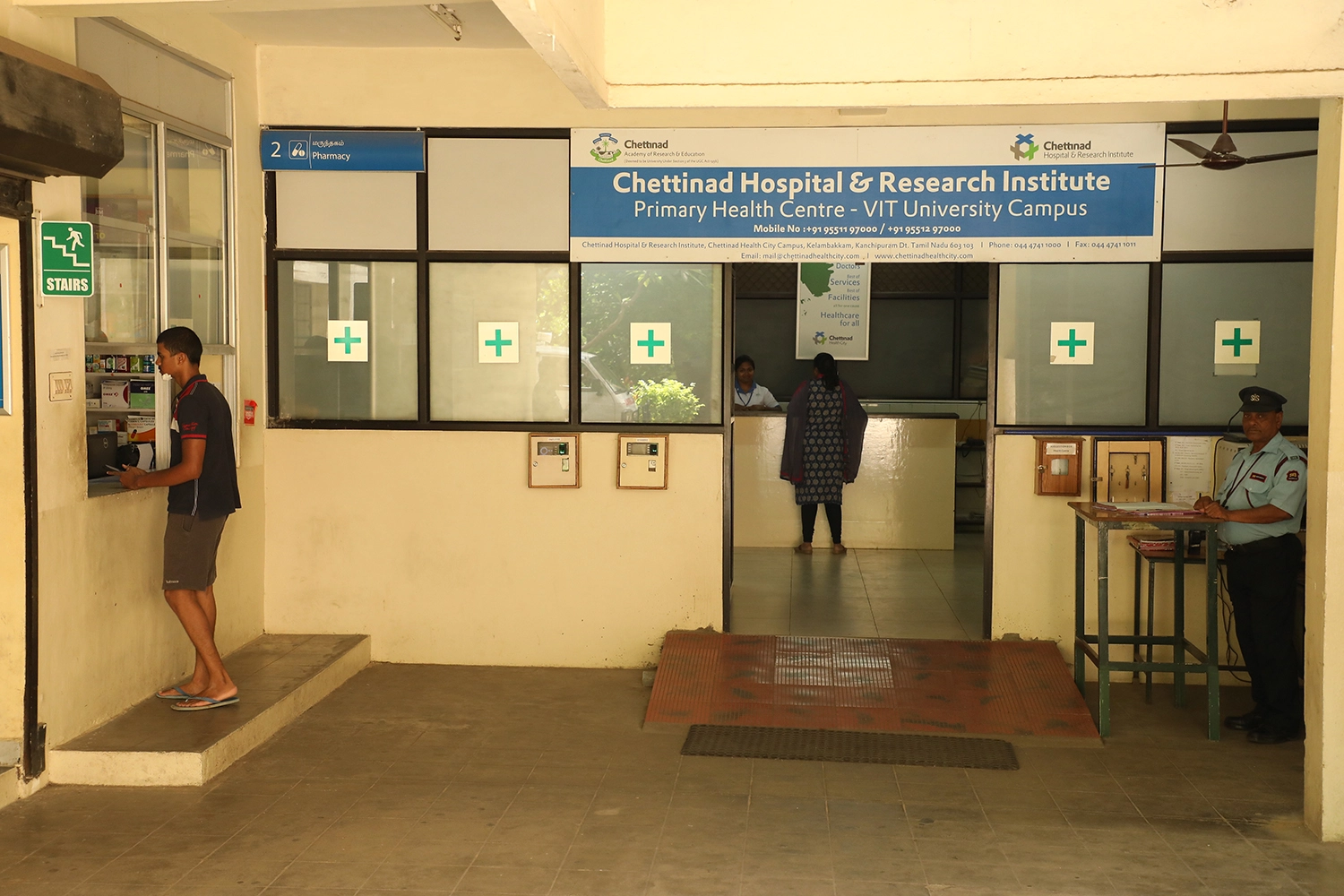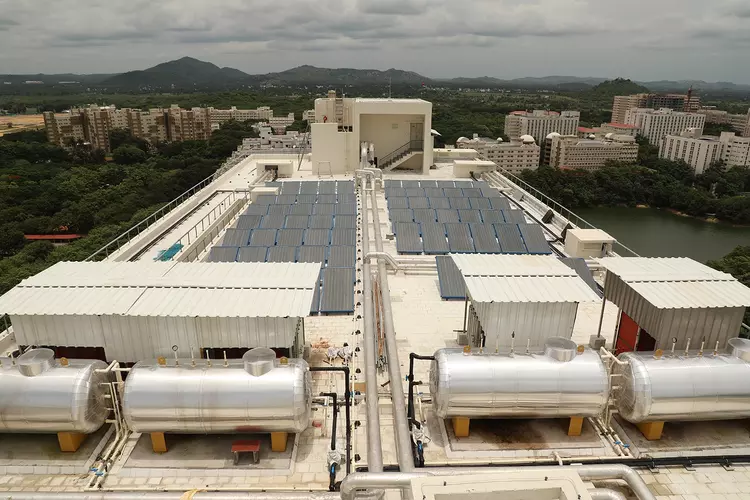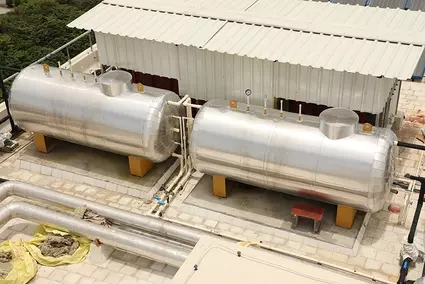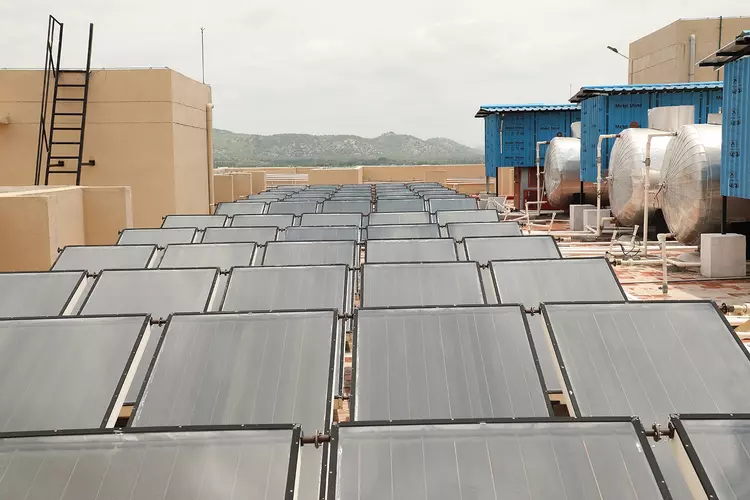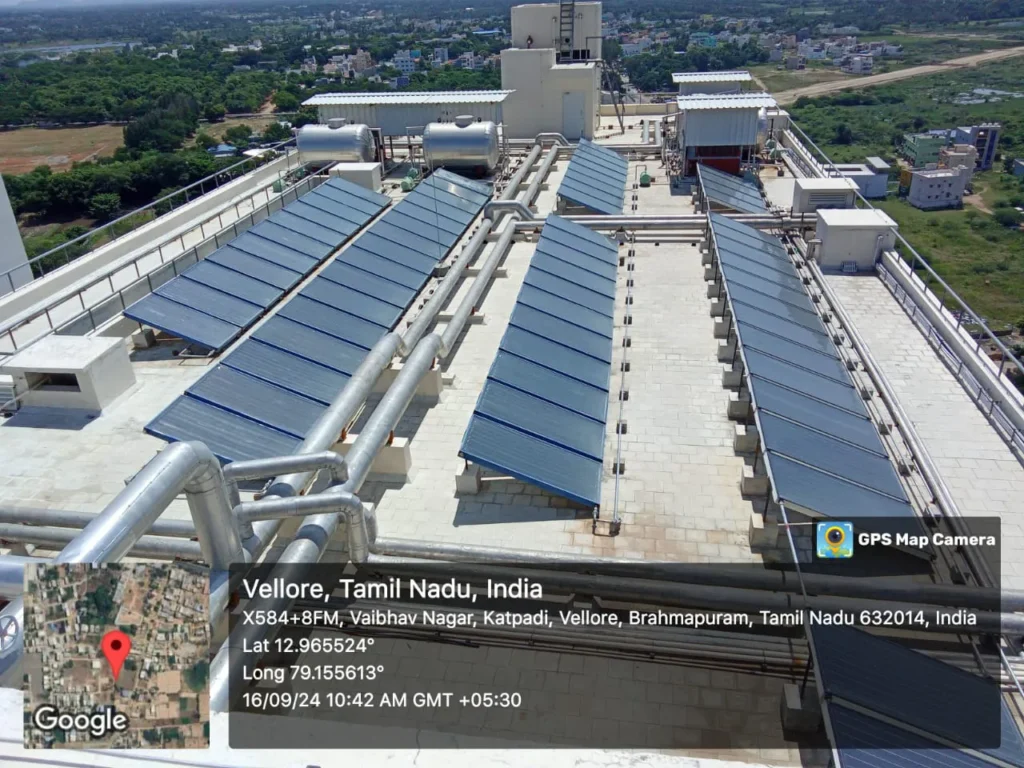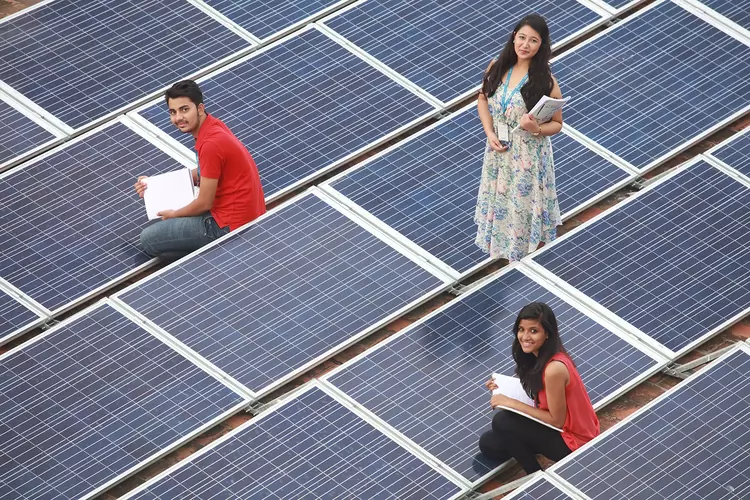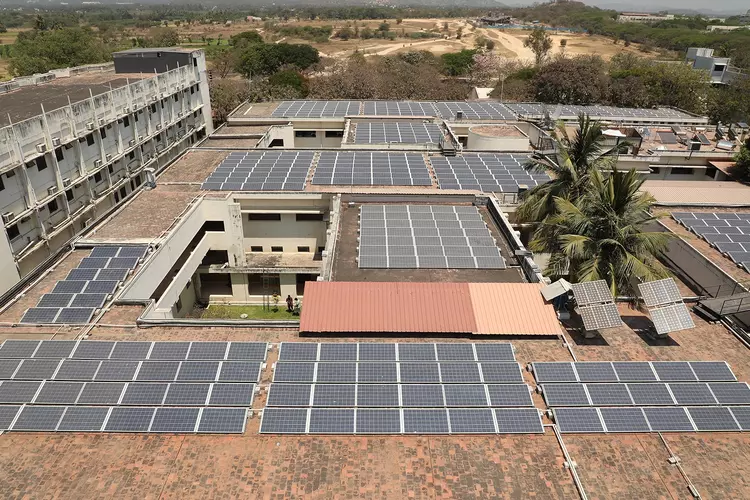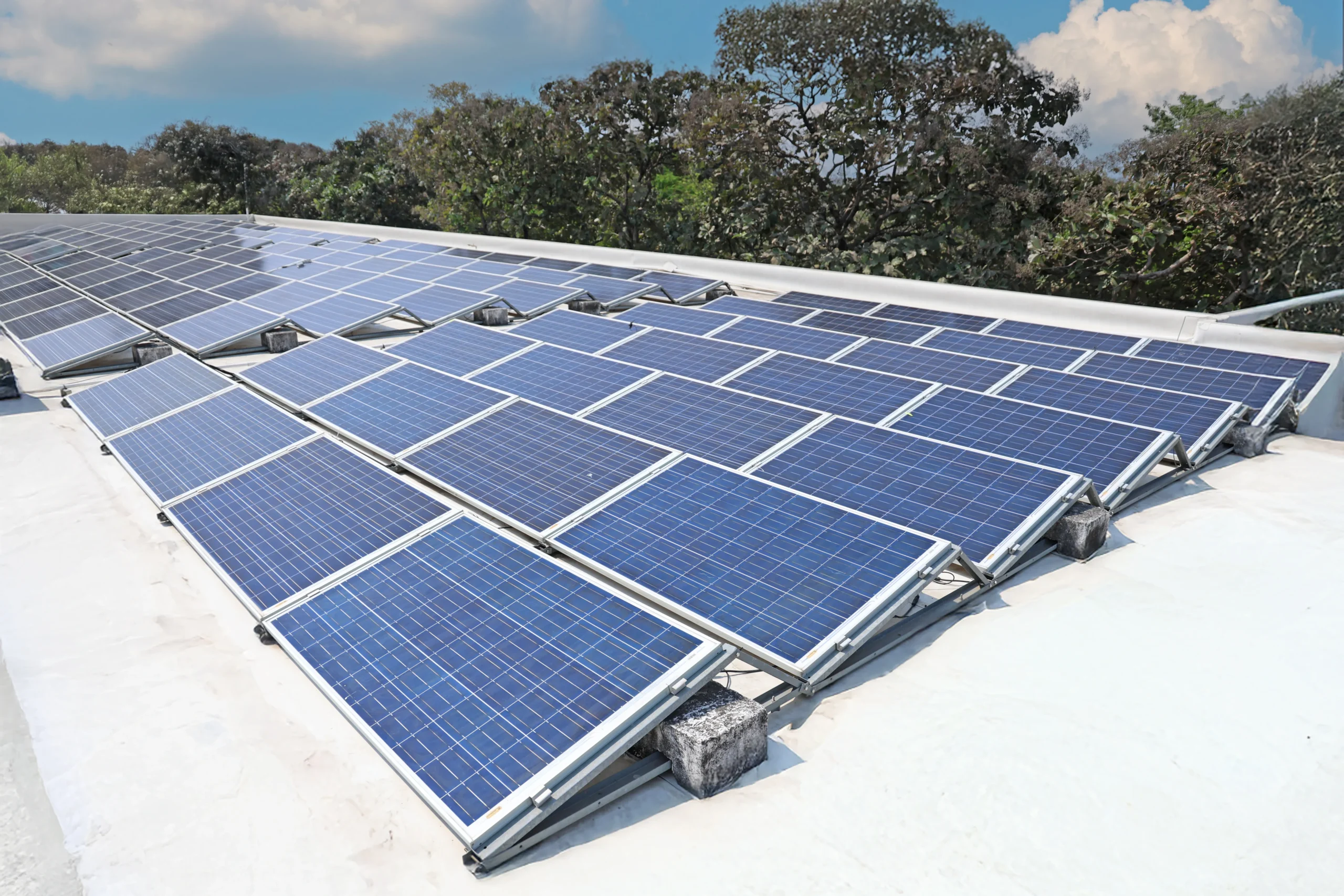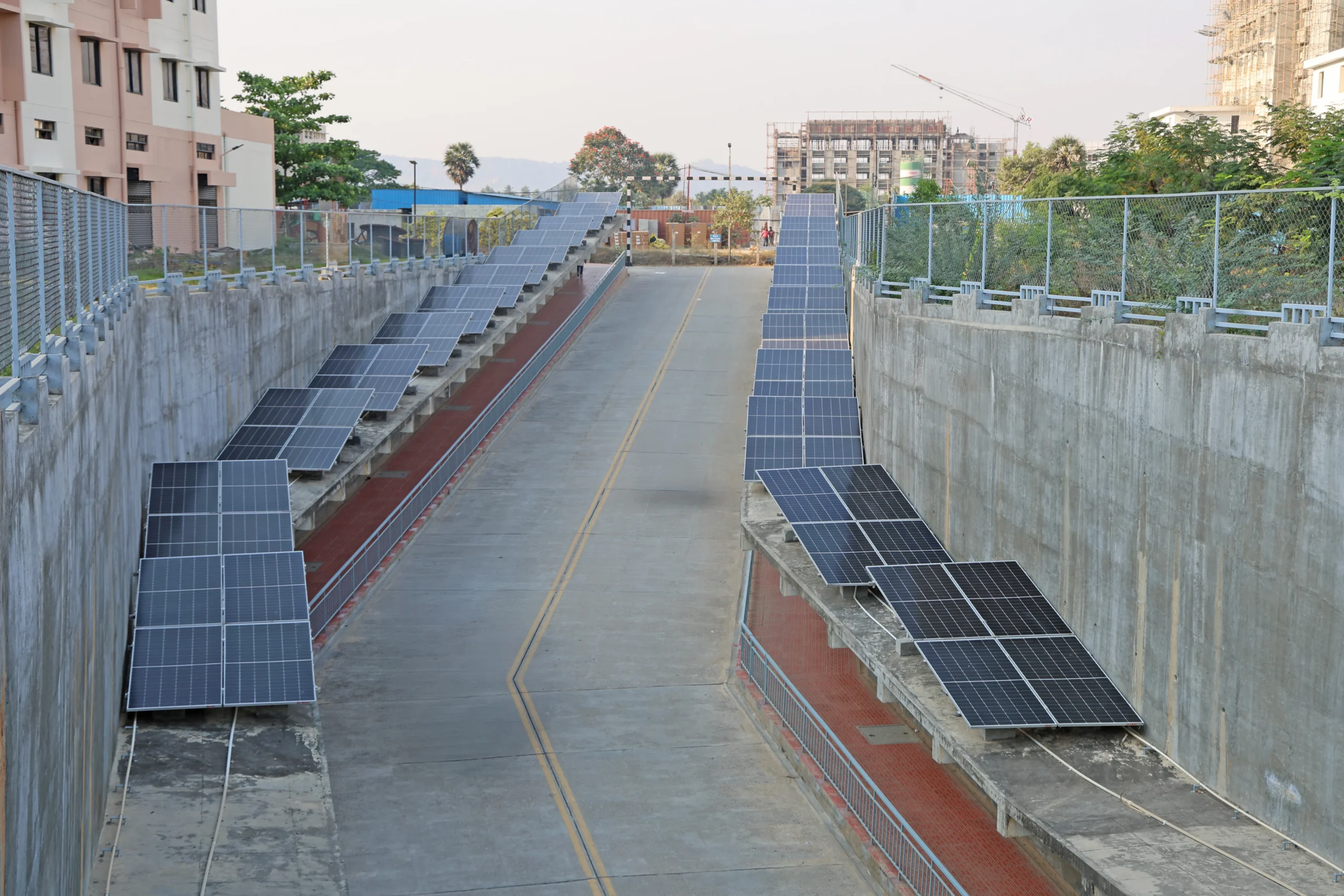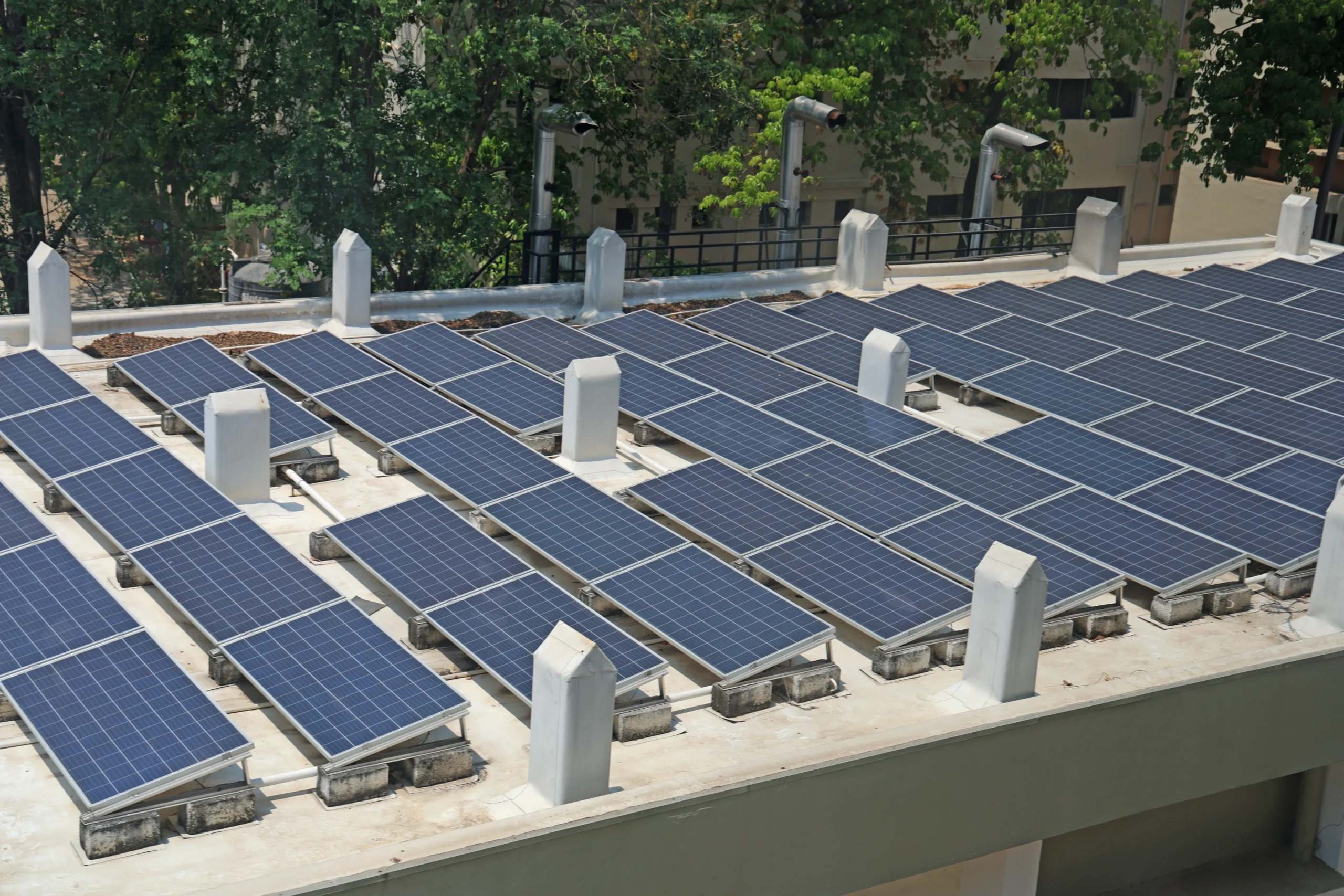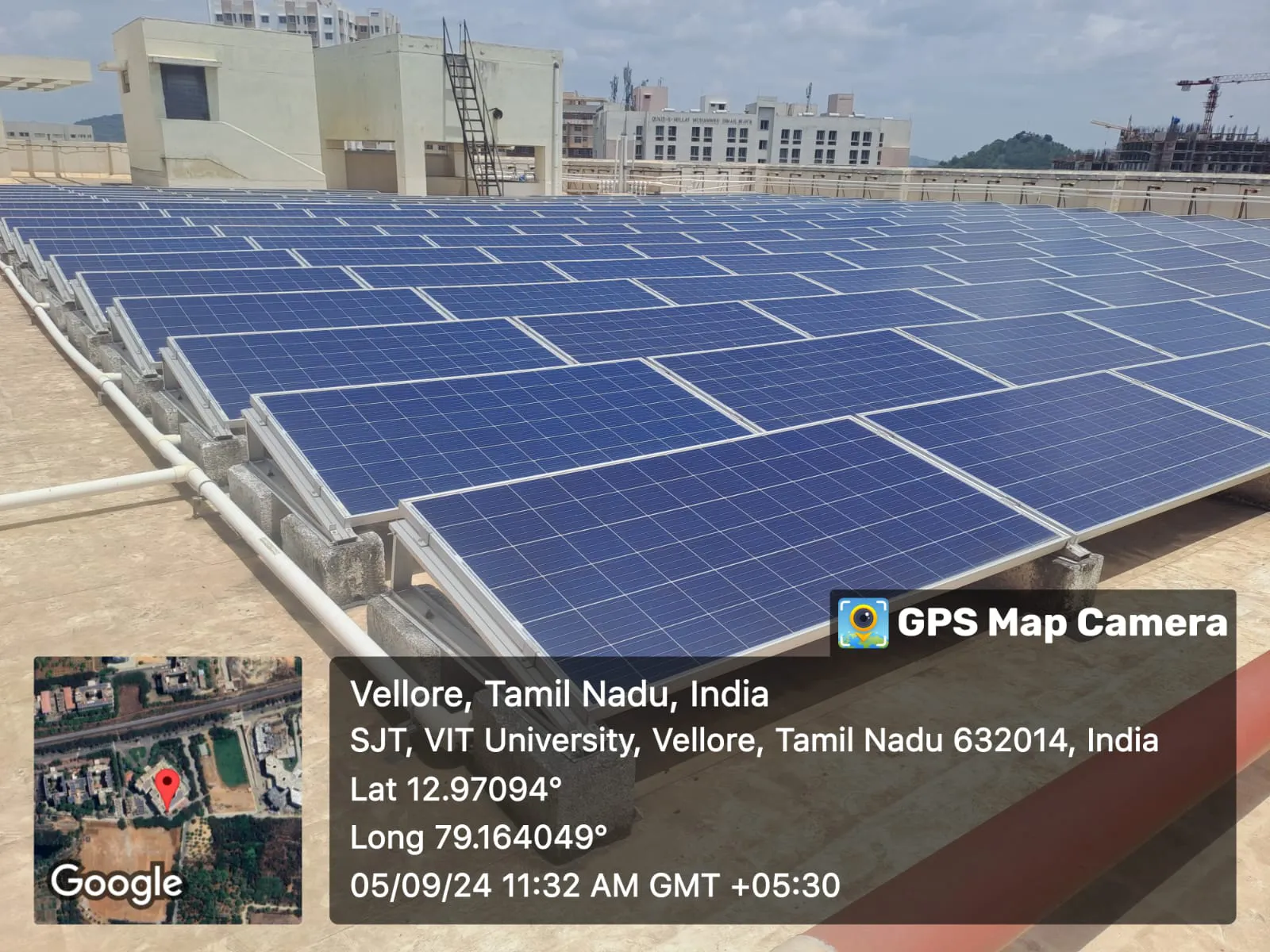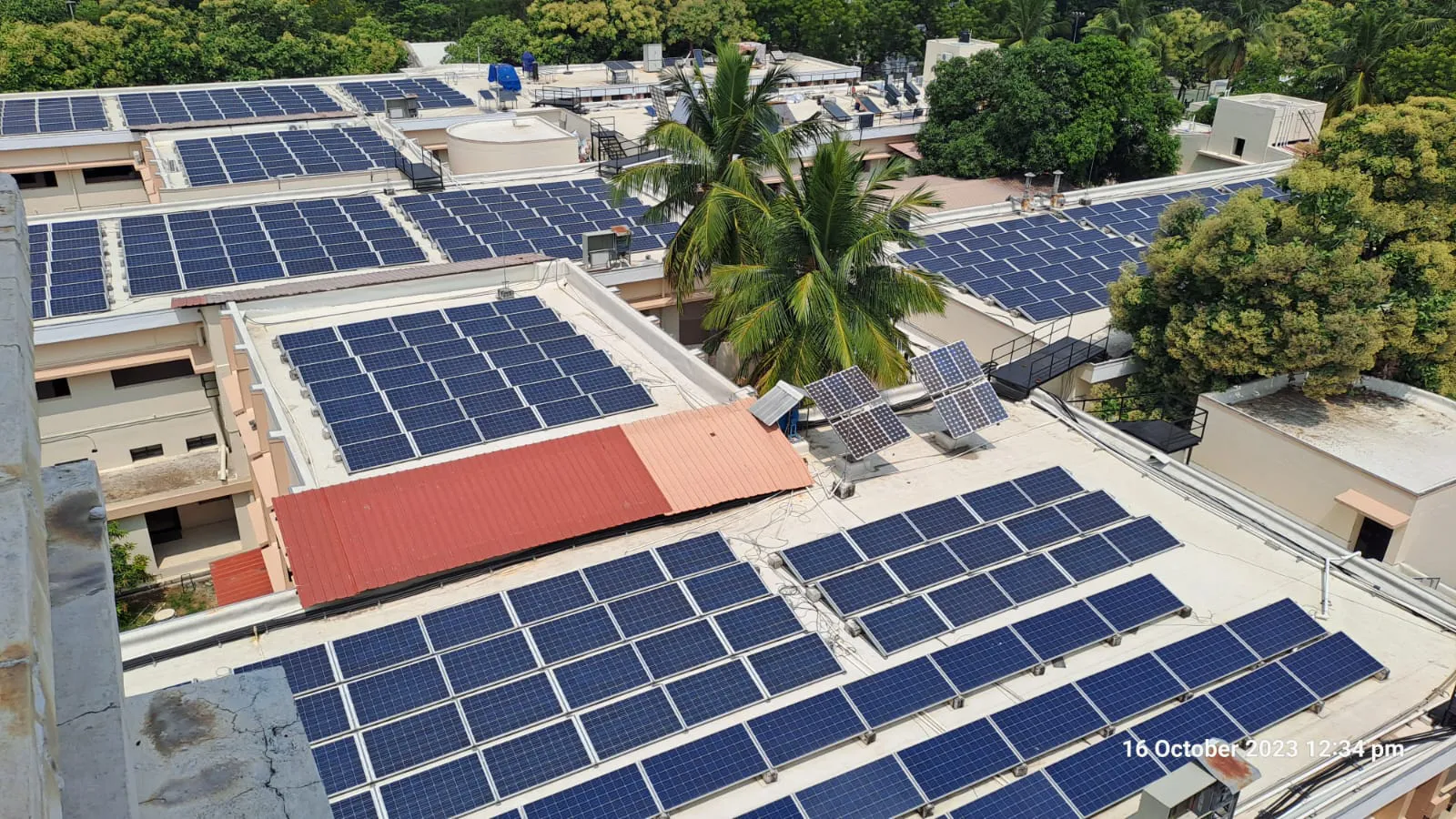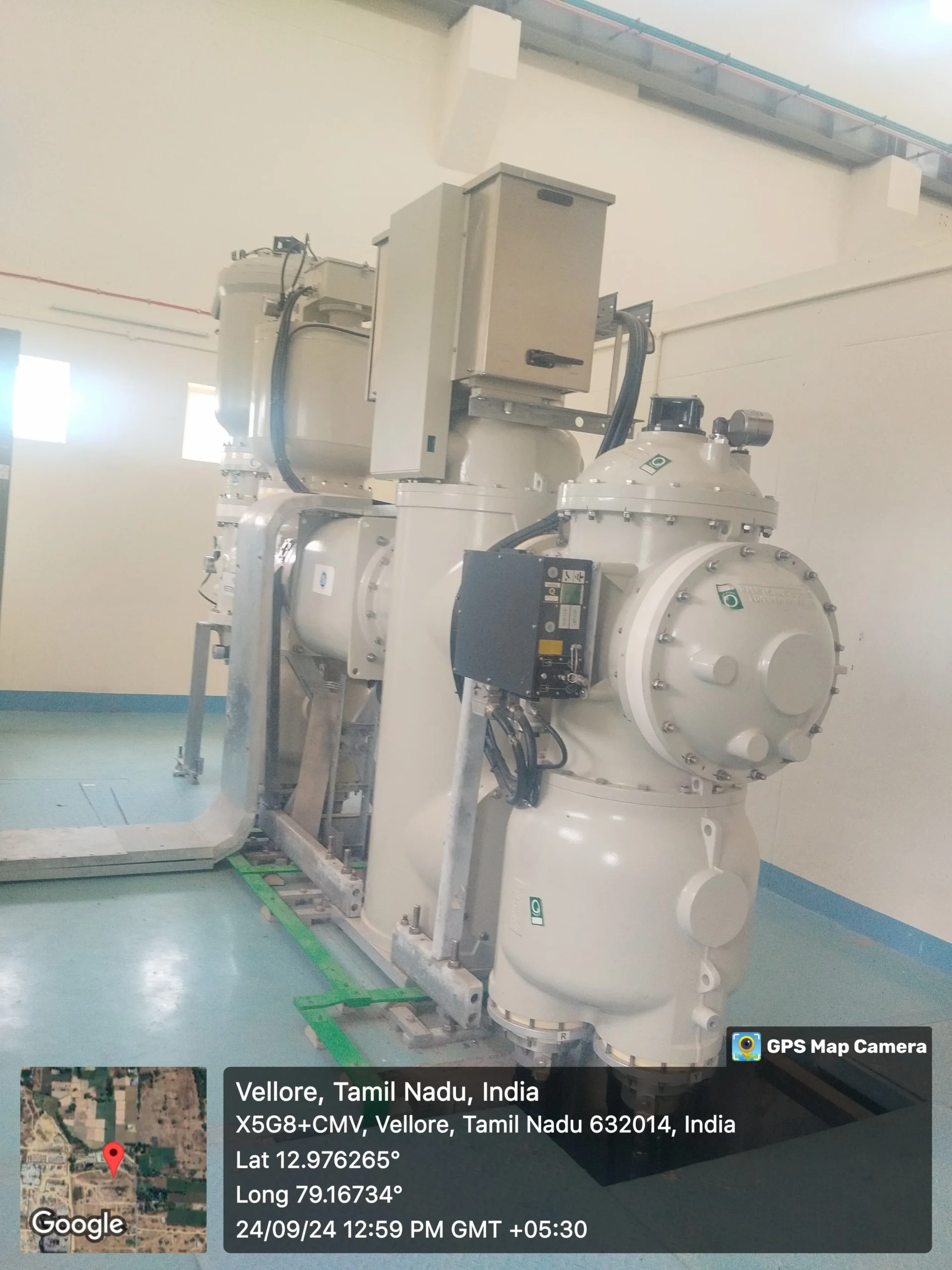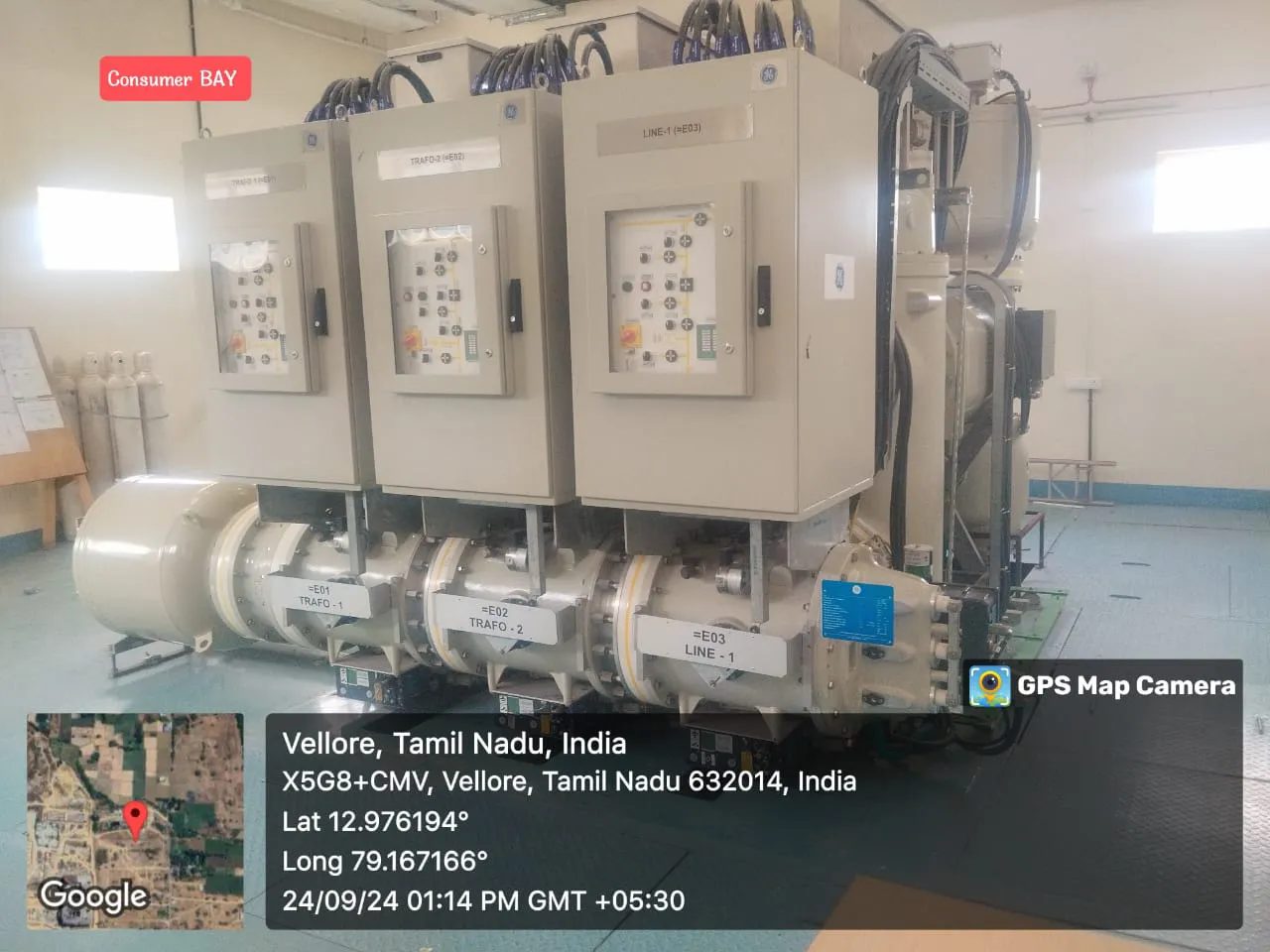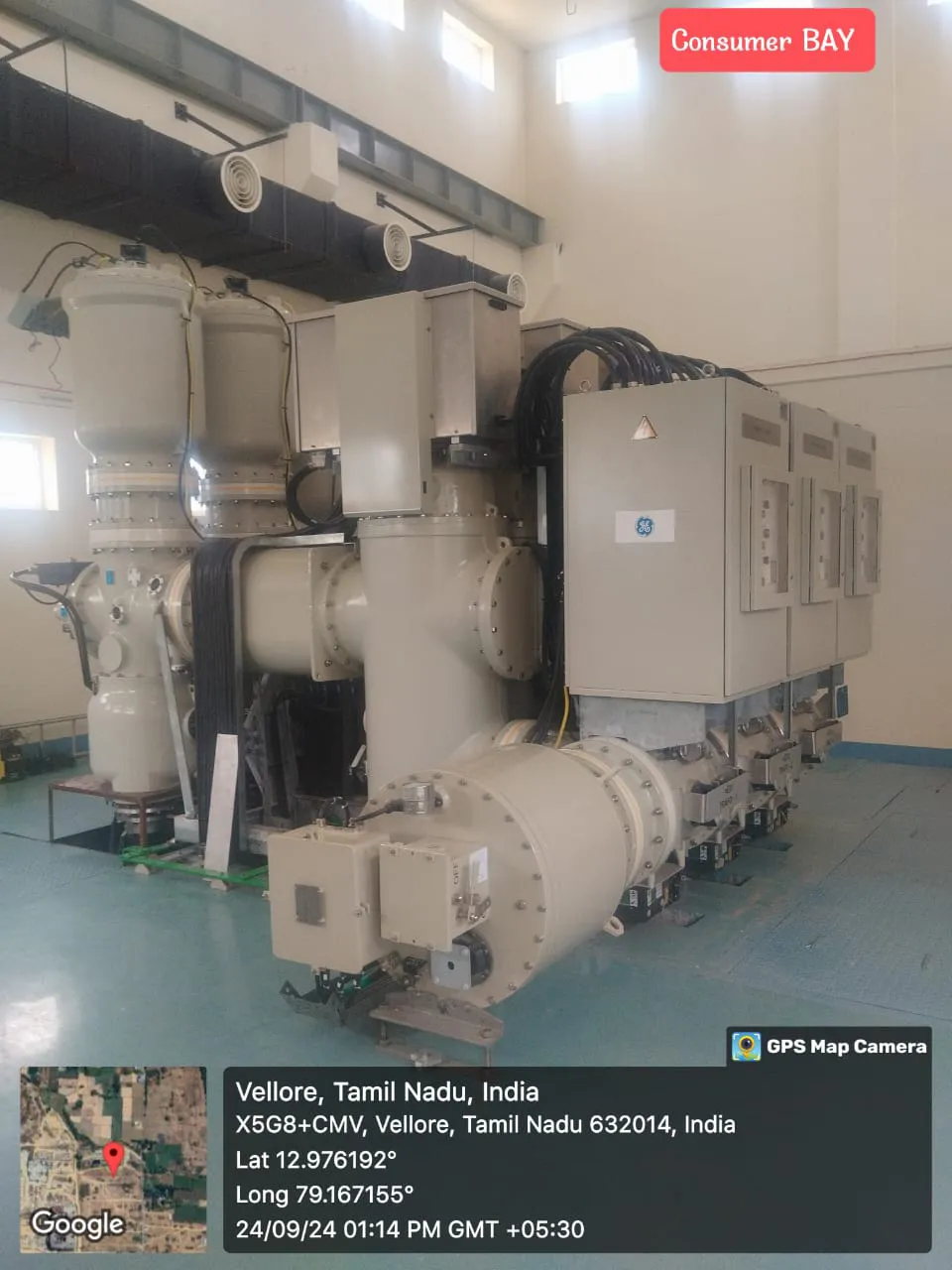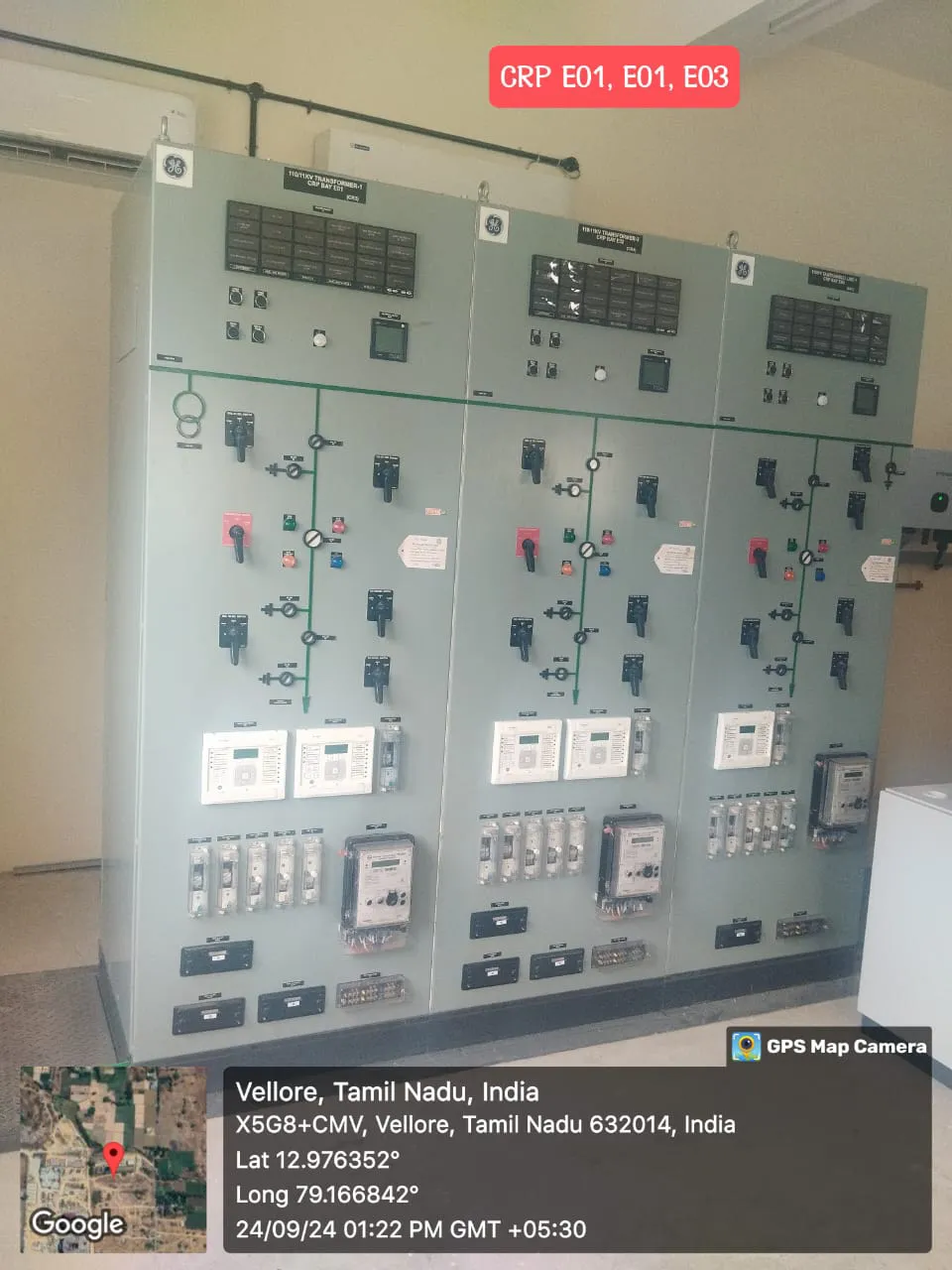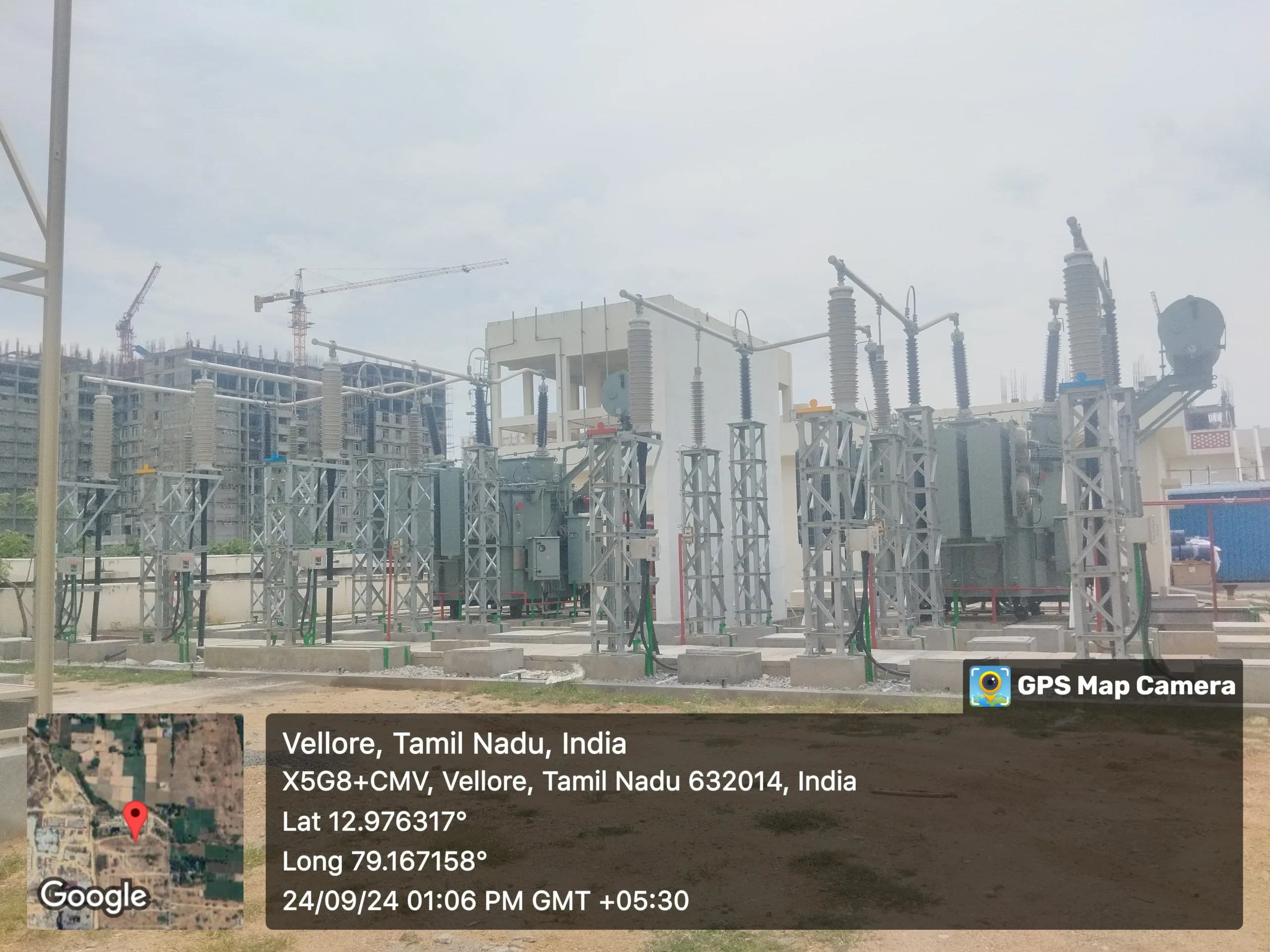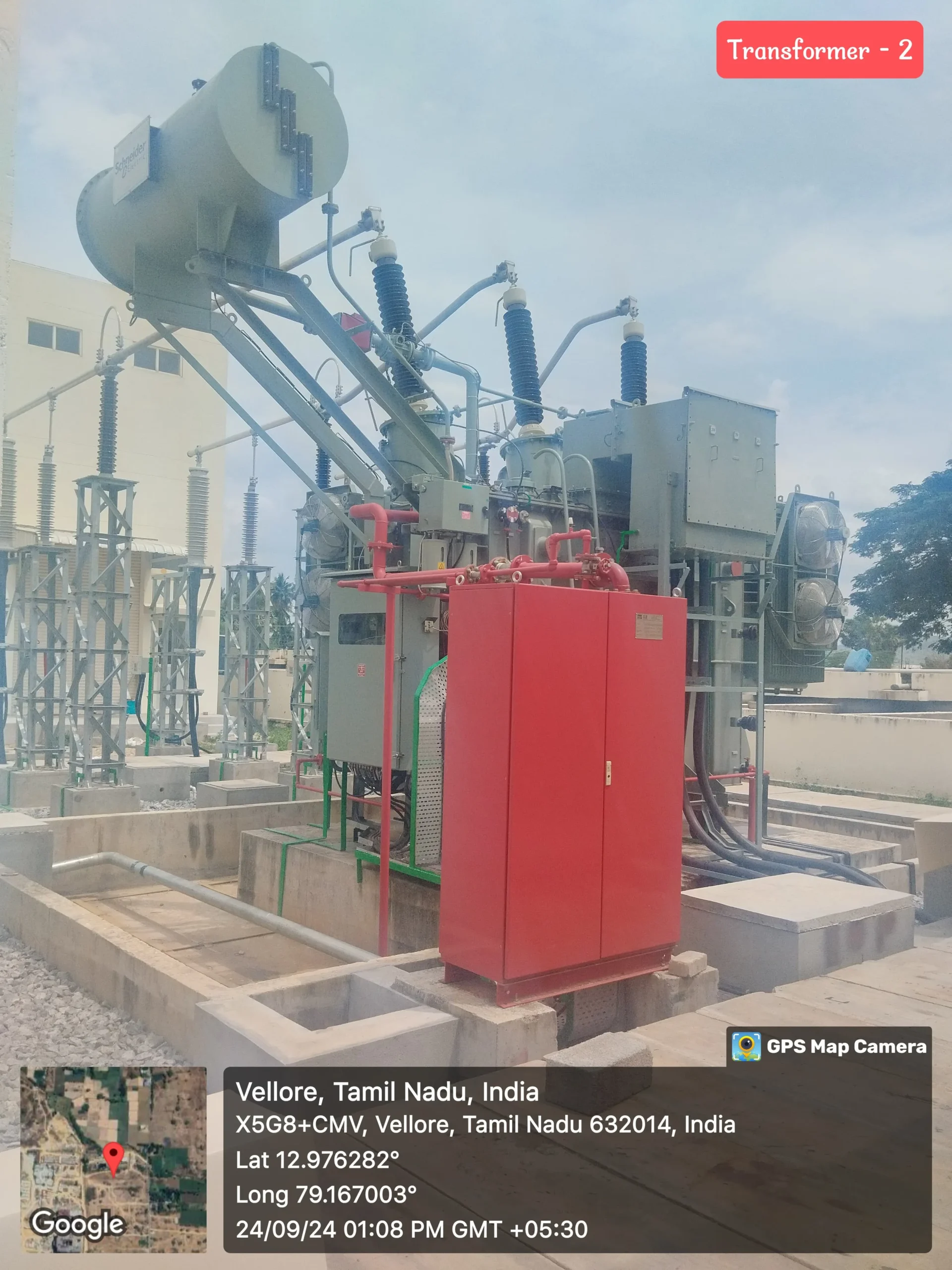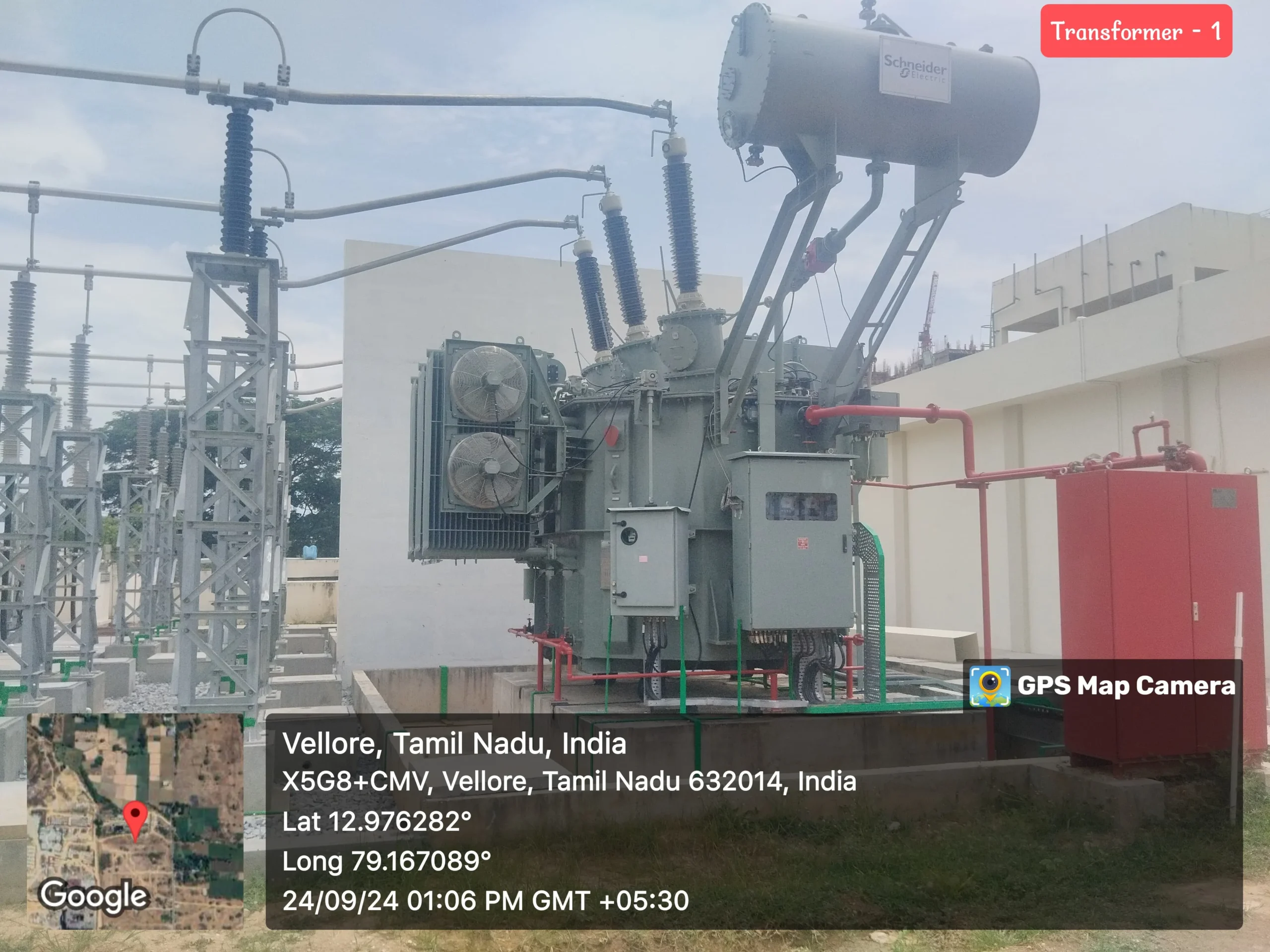Other Amenities
Other Amenities
Fire Fighting System
VIT ensures to meet all its duties to provide a safe place of work and a healthy working environment for the students, faculties, staffs and members of public, who visits the University. We believe that health and safety is the highest priority of our strategic plan.
Fire is the major threat to life and infrastructure, an outbreak of even a blaze (minor fire), possess significant risks to the continuing research and teaching functions undertaken within the university.
In compliance with the guidelines of National Building Code 2016 Part IV ((fire and life safety system), VIT is committed to strictly adhere and upgrade all the duties, specified in the regulations. Team of experts will take necessary safety precautions for installation/maintenance /testing the fire protection systems. Periodic preventive maintenance records are documented, for the assessment of the equipment. Fire safety advisor, evacuation officer and fire warden, in regular intervals conducts safety classes, mock-up drills, demonstration and operation of different types of fire extinguishers for the employees, students and visitors.
Innovative Cooling System
VIT has successfully scaled up an innovative cooling system, capable of providing 24hrs radiative cooling for the structures. The combined mode of passive cooling increases the energy efficiency, environment friendly and thermal comfort for the occupants in accordance with India cooling action plan (ICAP), which is being installed at 75,000 sq. ft airconditioned area located at Gandhi block.
Radiant cooling with indirect evaporative cooling system satisfies the cooling requirements of the studio type classrooms and the corridors and for the seminar halls and laboratories, radiant cooling with centralised chiller system is been installed to meet the cooling requirements. Comparing the same with other active cooling system, the innovative cooling system takes the advantage for the reduction of CO2 emission, energy savings, peak demand reductions, minimal payback period, reduce the potential airborne transmission of the virus.
Central Cooling System
Cooling demand in the university buildings has highly contributed for the electrical consumption for decades, to cater to the need of cooling requirement, highly energy efficient centralized chiller system has been installed in the university. The central cooling system consists of 5500 ton of water-cooled chiller plant (3000 TR for North Zone and 2500 TR South Zone), is in operation. 6 lakhs sq.ft of area connected with chilled water system at South Zone, 5 lakhs sq.ft area of 2900 rooms are connected with chilled water system at North Zone, 2.7 lakhs sq.ft area of 1514 room connected with chilled water system in Ladies hostels and 3 lakhs sq.ft area at Gandhi block, Silver Jubilee Tower and Library are connected with Chilled water system in Academic side. This is taking 40% of energy consumed by the conventional cooling system.
Water Treatment Plant
Railway under bridger
VIT possess two underpasses underneath railway lines, for the easy commute for the students and staff members from academic side to hostel side. Southern Railways in partnership with VIT constructed, second Railway Under Bridge (RUB) to connect both sides of the VIT campus. The latest RUB has two lanes for vehicles and two more for pedestrians. Southern Railways is in the finishing stage of pre-casted RUB underneath the railway tracks and very soon, pedestrians and vehicles would be able to move between the northern and southern parts of the campus with ease.
Transport Facilities
VIT ensures the commuting of students, both inside and outside, as comfortable and accessible as possible. The University buses transport students across all locations in and around Vellore. This helps day scholars to reach college on time with comfort. Shuttle Cabs run all around the college during the active hours of the day.
Health Care Facility
Wind Power
VIT executed an agreement with wind power producing company for wheeling 95 lakhs unit of power per year in all the slots C1 to C5 and leading the academic institute in terms of renewable power usage (wind and solar).
Solar Power
110kV GIS substation
“Empowering Reliable Power distribution with Our 110kV GIS Substation”
“Introducing our state-of-the-art 110kV GIS substation, designed to provide reliable and efficient power distribution. With its compact design and advanced technology, our GIS substation is perfect for urban areas, industrial applications, and power distribution systems.
Key Features:
– 110kV voltage rating
– Gas-insulated technology for reduced footprint and increased reliability
– Advanced control and monitoring systems
– Compact design for urban areas and industrial applications
– Compliant with international standards (IEC, IEEE, etc.)
Benefits:
– Reliable and efficient power distribution
– Reduced maintenance and operating costs
– Compact design for space-saving applications
– Advanced technology for improved performance and safety
This brief note highlights the key features and benefits of the 110kV GIS substation, making it an attractive solution for power distribution applications.



